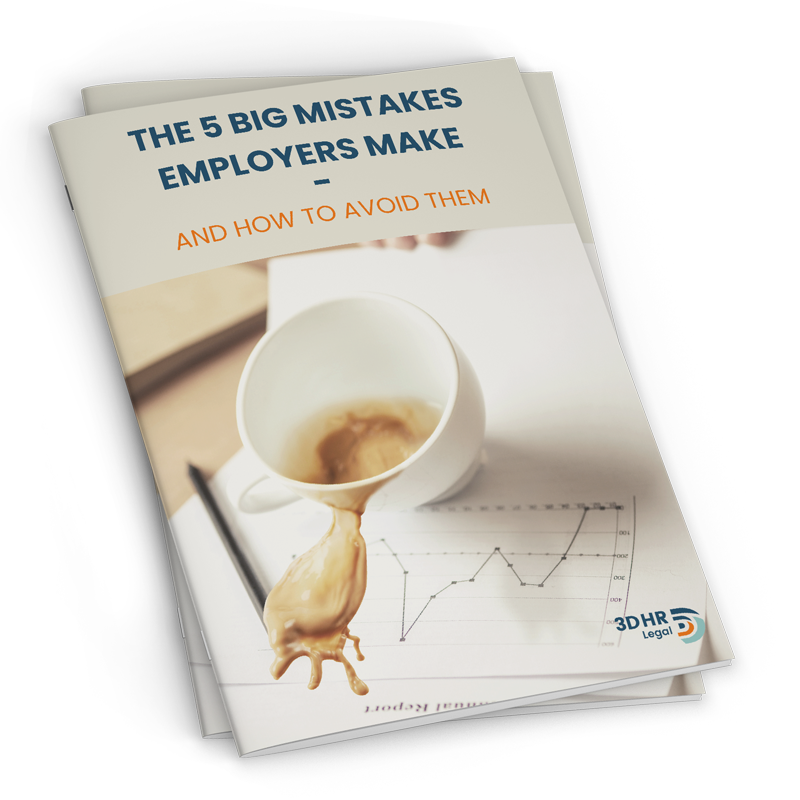12 months ago, I decided to embark on an experiment by taking on an office location for my law firm after 6 years of running a virtual practice. The purpose of this experiment – to test the hypothesis that hybrid is the best business model.
The short answer? From a business owner’s perspective, it’s definitely harder than having a team fully remote or fully co-located in an office, however it is a great business model if you have the kind of business that allows for it.
A Business Owner’s Reflections
7 years ago, I started a different kind of law firm. One without an office. Being 4 years before the pandemic, this was an almost unheard of set up. Since the pandemic and publishing my book “Homeforce – Building a connected, engaged, home-based team”, I’ve spent a lot of time working with clients to help them move from a fully co-located office environment to a distributed team model. Given most businesses were moving to a hybrid model, I decided to try it out myself to better advise our clients.
Here are three of the top challenges I faced and how I’ve overcome them.
1. It added to my decision-making load.
When we first opened the office, two of our six-person team decided immediately to work predominantly from the office. Also, I was conscious that we needed to be using the office to justify the financial investment in the lease. This created a situation where I was starting every day with a decision whether to go to the office or just work from my home office.
As a business owner, we really don’t need more decisions in our day.
I solved this problem by having a default position of going to the office every day, unless there was a specific reason for me to work from home (e.g., client meetings out of the office, needing focused time etc). One less decision!
Many of our clients solve this by having designated office days and work from home days. This doesn’t have to be based on a minimum amount of time in the office, it can be whatever suits your business.
2. I felt guilty when I wasn’t there.
I was very conscious that part of the reason the team were keen to be in the office was for more direct 1:1 time with me. So, whenever I’m not there, there is an element of guilt. Guilt that I am not as available, and guilt that I am not using the office (that financial investment again).
These feelings were particularly frustrating because I had spent 6 years developing team communication to suit our remote working arrangements, and it felt like these strategies slipped away as soon as there was an office.
Solving this required me to consciously remind myself that my physical presence is not what is important. What is important is how I engage and support my team – and 6 years as a remote team leader has proven that physical presence isn’t a core requirement for effective leadership.
3. Offices can lead to lazy management and loss of connection.
This is something I had spoken to clients about but experiencing it for myself was very enlightening. When you walk into an office and see people, it is normal to just say hi and engage in some general chat. This also means you can just walk up to someone and ask them about something you or they are working on. When you are remote, you have to make a conscious decision to either send a message via chat or start a call.
I found that when we opened our office, my need for human connection was being served by the people I was seeing in the office. But this meant I wasn’t maintaining the same level of connection with those people who weren’t in the office, and I could feel a distance developing. If I was feeling it, then likely the whole team was.
Part of the solution is identifying the problem. Once I noticed it, I reinvigorated my efforts to make sure we had regular online team meetings (where everyone was separately logged on), we created group chats for fun stuff, I encouraged all team members to engage with each other 1:1 outside of meetings just for a chat, we implemented a practice management system so we could all keep track of personal workloads, and I personally upped my game in making sure that I was catching up with the team generally – not always just checking in about work matters.
Is hybrid the way of the future?
For 3D HR Legal – I have a feeling the answer will be yes.
We have another year of our initial office lease so will continue to carefully examine the situation to see whether it adds value to the business overall.
There is no doubt that our team enjoy the benefit of being able to work remotely and the option of being in an office. Whilst it is definitely harder managing a split team – when you have a team who want and appreciate the option, and who are willing to work with you to create an effective management style, you will have a more connected, engaged and productive team. And as we all know, that’s a key requirement for better business results.


Recent Comments